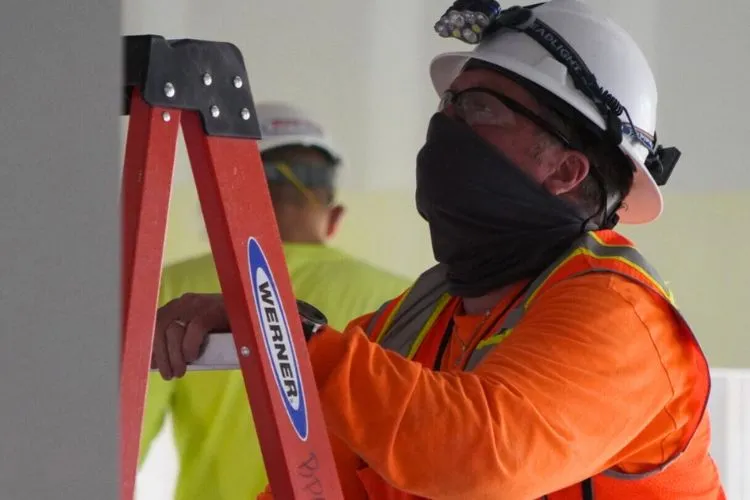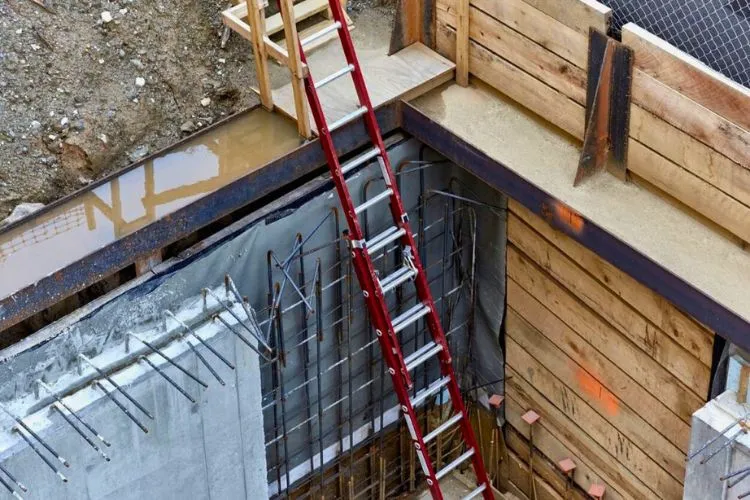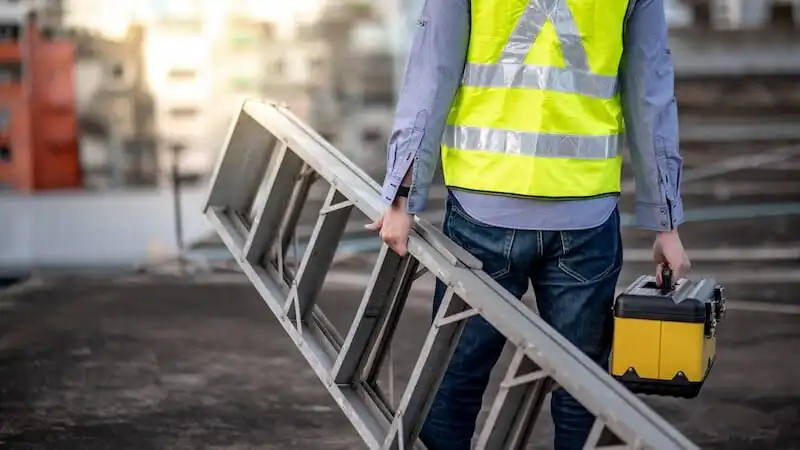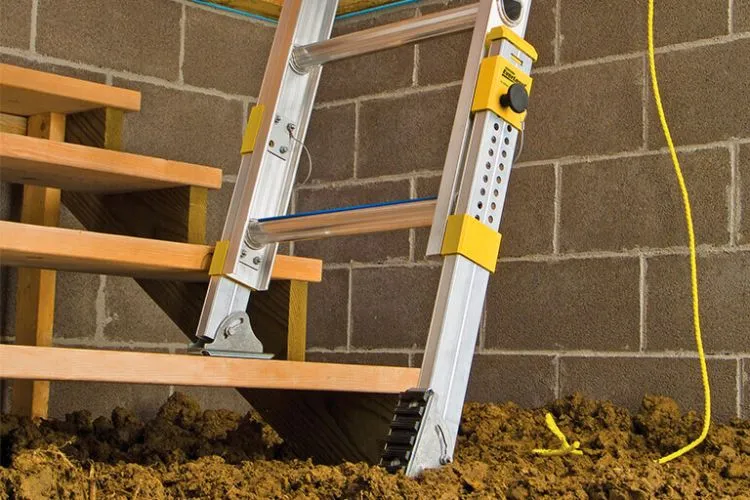Ladders are essential tools in various settings, from construction sites to home use for DIY tasks.
However, the safety of using ladders cannot be taken for granted. Regular inspections are key to preventing accidents.
But, do you know how often your ladders should be inspected?
It’s a proven fact that faulty ladders can lead to serious injuries or even fatalities.
This article delves into the necessity of ladder inspections, the recommended frequency, inspection procedures, and actions to take if issues are detected.

Importance of Ladder Inspection
Regular inspection of ladders is critical in averting potential accidents. It helps in identifying issues that could compromise safety, such as structural damages or wear and tear.
Statistics from safety bodies point to a significant number of accidents involving ladders, some leading to severe injuries and death. Regular inspections and maintenance can drastically reduce these incidents.
Types of Ladders and Their Inspection Needs
Ladders come in various forms: step ladders, extension ladders, platform ladders, and more. Each type may have specific inspection requirements.

For example, extension ladders need to have their locking mechanisms and extension ropes checked, in addition to the general inspection points relevant to all ladder types.
How Often Your Ladders Should Be Inspected?
Before Each Use
A quick check before using a ladder is crucial. Look for any visible damages, loose components, or signs of wear and tear that could impair its functionality or safety.
Regular Maintenance Checks
It is advised to conduct a detailed inspection every 3 to 6 months. The frequency may vary depending on the ladder’s material and the intensity of use. Making inspection schedules ensures consistency in maintaining ladder safety.
After Specific Events
Immediate inspections are necessary after events such as falls, exposure to harsh conditions, or any incident that could potentially damage the ladder. Even if the damage is not visible, the integrity of the ladder might be compromised.
How to Inspect Your Ladders?
- Visual Inspection: Start by examining the ladder’s steps, rungs, rails, locks, and feet. Common issues include cracks, bends, rust, or rot. Each of these could indicate the ladder is unsafe.
- Functional Test: Ensure the ladder functions as intended. Test locking mechanisms and the general stability of the ladder. Any failings in these tests signal the ladder may be unsafe.
What to Do If You Find Issues?
- Minor Repairs: Some problems, like worn non-slip feet, can be fixed. It’s important to follow safety guidelines when making repairs to ensure the ladder returns to a safe condition.
- When to Retire a Ladder: Deciding to retire a ladder is necessary when it has structural damage that cannot be safely repaired. Continuing to use a compromised ladder risks safety.
Legal Requirements for Ladder Inspections
The legal and regulatory framework governing ladder inspections varies by country and region, reflecting the priority given to workplace and domestic safety. In many jurisdictions, occupational health and safety regulations mandate regular ladder inspections to prevent accidents and injuries.
For example, the Occupational Safety and Health Administration (OSHA) in the United States sets out specific requirements for ladder safety in different work environments, including construction and general industry.

Compliance with these regulations not only ensures the safety of individuals using ladders but also shields organizations from potential legal repercussions, including fines and liability in the event of an accident.
Employers and ladder users must familiarize themselves with and adhere to these regulations to maintain a safe working environment and uphold legal standards.
Selecting the Right Ladder for the Job
Choosing the correct ladder is essential for safety and job efficiency. Factors to consider include the ladder’s weight capacity, which must accommodate the user’s body weight along with any tools or materials.
Exceeding this capacity increases the risk of ladder failure. The ladder’s material is also crucial; whereas fiberglass ladders are resistant to electricity, making them suitable for electrical work, aluminum ladders are lightweight and corrosion-resistant, ideal for general use.

Wood ladders, while durable, can be cumbersome and vulnerable to environmental factors. The ladder length is another important factor; it should be appropriate for the task’s height to prevent overreaching or unsafe positioning.
Extension ladders, for instance, should extend at least 3 feet over the working surface. Selecting the wrong ladder type or size not only hampers work progress but also significantly elevates the possibility of falls and related injuries.
Always consult manufacturer specifications and safety guidelines when choosing a ladder.
Pro Tips
Creating a maintenance schedule helps keep ladder inspections on track. Training employees to conduct thorough checks ensures everyone understands what a safe ladder looks like. Manufacturer guidelines can offer additional advice tailored to the specific ladder.
Frequently Asked Questions (FAQs)
How do I know if my ladder is still safe to use after repair?
After repairs, the ladder should be re-inspected to ensure it meets the original safety standards outlined by the manufacturer.
Can weather affect how often I should inspect my ladders?
Yes, ladders exposed to harsh weather may require more frequent inspections to identify any weather-related damage.
What should I do if my ladder fails an inspection?
If a ladder fails an inspection, it should be repaired if safely possible, or retired to prevent use.
Are there professional services for ladder inspection?
Yes, some companies specialize in safety equipment inspections, including ladders.
Do different materials (aluminum, fiberglass, wood) require different inspection intervals?
The material can influence the inspection frequency, as different materials react differently to use and environmental conditions.
Conclusion:
Regular inspections are a cornerstone of ladder safety. By adhering to a schedule and knowing what issues to look for, many accidents can be prevented.
Retiring ladders that can no longer be safely repaired is a necessary practice. Safety is paramount, and through diligent inspections, both at home and in the workplace, we can ensure that ladder use remains as safe as possible.


